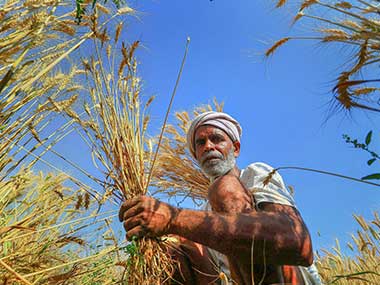
In India, at least 14,341 people killed themselves using insecticides in 2014. The following year, the number increased by nearly 70 percent to 23,930. From 10.9 percent in 2014, the percentage of suicides involving insecticides went up to 18 percent in 2015, according to data from the National Crime Records Bureau. However, official figures do not reflect reality. A study on suicide mortality in India put the number at nearly 50 percent. “Poisoning, mostly from pesticides (chiefly organophosphates) used in agriculture, was the leading method of suicide in both men and women, corresponding to about 92,000 deaths nationally at ages 15 years and older,” reads the study. This is more than 250 suicides a day, in India alone.
Across the world, one person commits suicide using pesticides every 40 seconds, according to Centre for Pesticide Suicide Prevention (CPSP), a philanthropically funded research and policy initiative within the University of Edinburgh, UK. The best way to prevent these suicides is to ban highly hazardous pesticides, the CPSP wrote to the Centre on 30 May. “Most persons who engage in suicidal behaviour do not want to die, with suicide serving as a response to psychosocial stressors. A large proportion of pesticide suicides are impulsive, with a person contemplating suicide for less than 10 minutes. If a person is prevented from using a highly lethal method, they may use a method with lower lethality, with an increased chance of survival, or the suicidal impulse may pass,” reads the their expert submission to SK Malhotra, Agriculture Commissioner, Department of Agriculture & Family Welfare Ministry of Agriculture and Family Welfare, Government of India.

